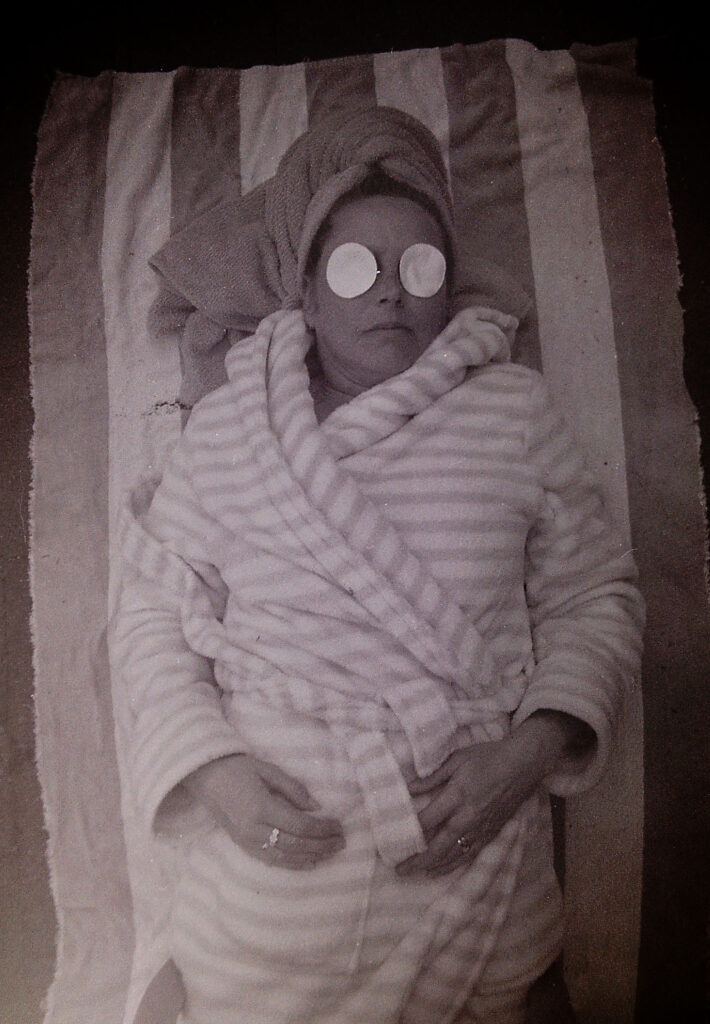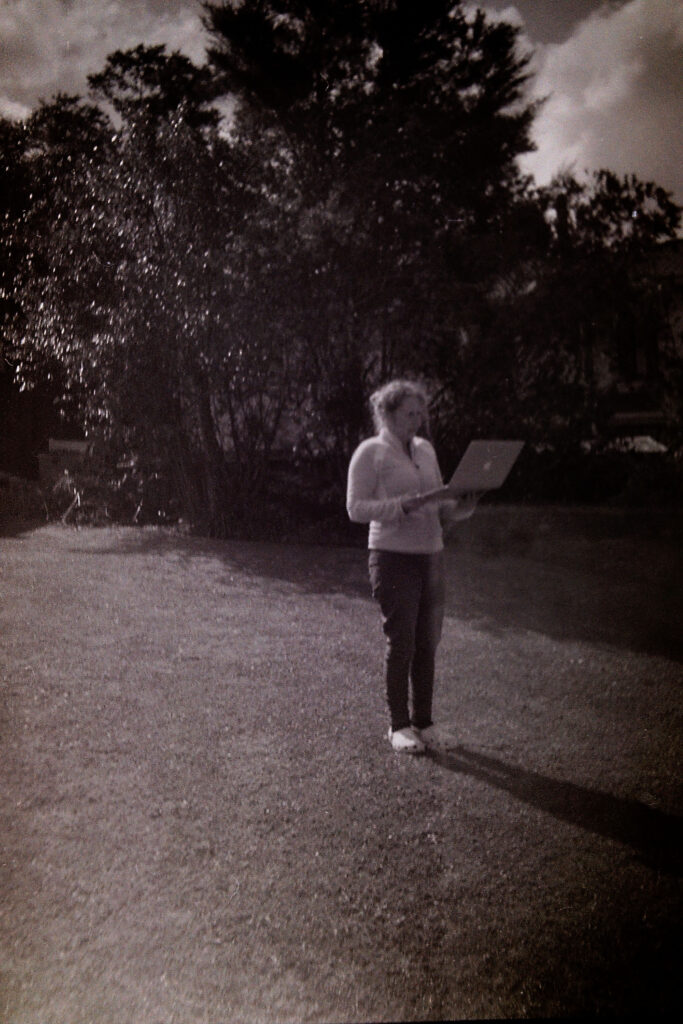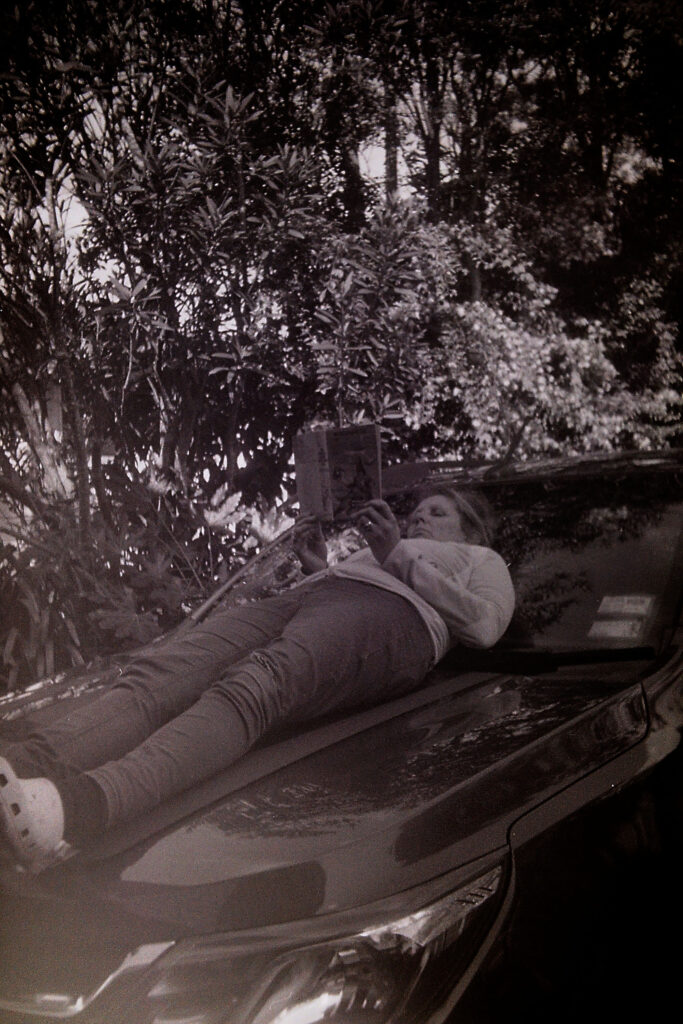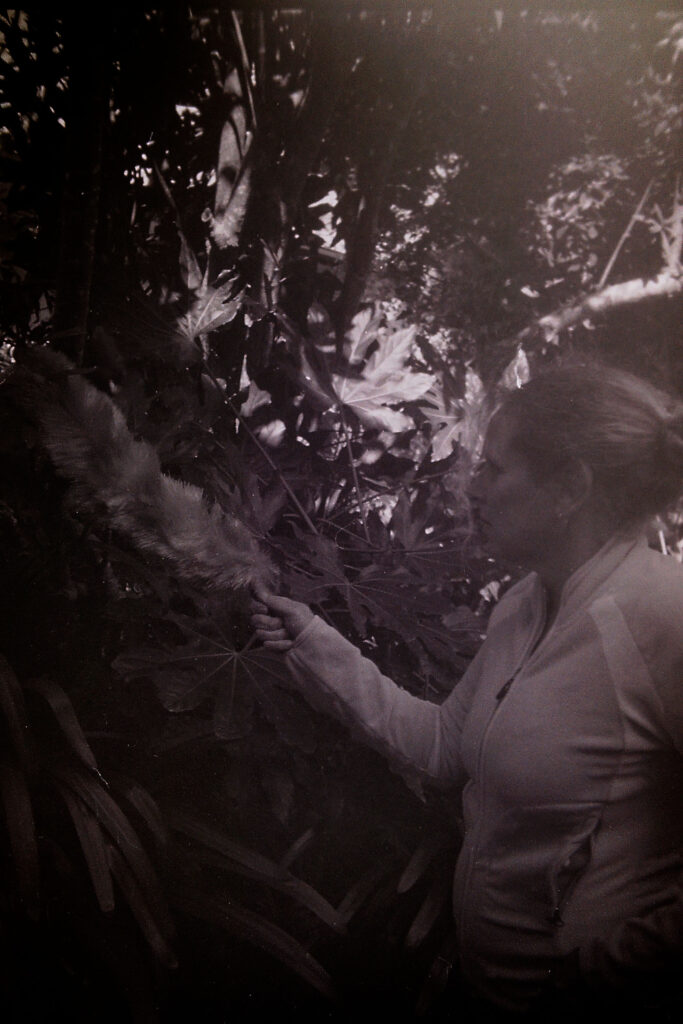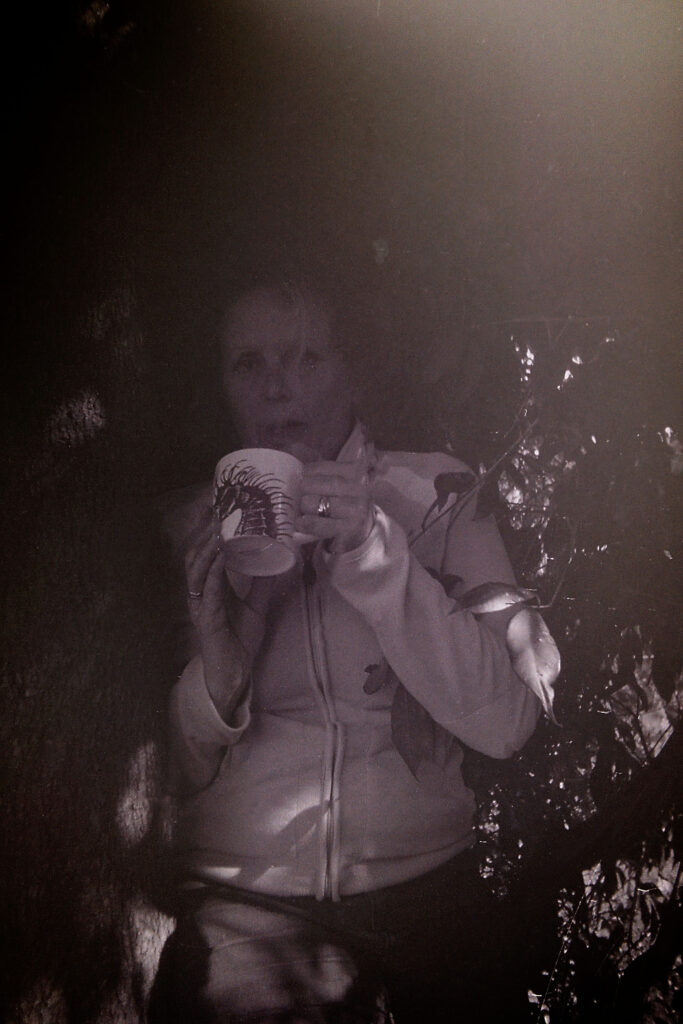Throughout the duration of the down time brief I found the idea of downtime but interesting and challenging, i wanted to push the idea of working towards leisure in my final images. I really enjoyed learning and gathering new ideas from this brief, the workshops of stacking and animating and the single shot films were all ideas and concepts that I had never been taught nor heard of before.

The idea of having a balance of labor and leisure was a big part of this brief. We had discussions about the ideas of labour, leisure and tea breaks especially during our stacking workshops. It comes full circle that without labour we would not feel a sense of leisure and to justify leisure there must be labour, tea breaks sat in the middle of this giving us time away from labour but in a labour filled environment. In our stacking workshops Antonia always stopped the class for the idea of a tea break, we were encouraged to get a snack or make a drink by ourselves for a few minutes, logging back on when we were ready to get back to work. In this time we would also talk about what the idea of tea breaks really meant.
The duration of the brief was filled with new and interesting ideas and techniques to pick up, we learnt new software: photoshop and premiere pro and had workshops on creating animations with each new software. I created animation works on the idea of “tea time” and coming together for given breaks in the workplace.

My overall ending ideas for the brief changed the way i looked at the photographing of leisure as a labour, although i included both labour and leisure there is a clear defined line between both in my way of working: creating humorous leisurely pictures combined with the labor of developing and scanning the film the images were taken on. I also wanted to include the ideas of lockdown within my work: for example, who ever has enough time to dust leaves in their busy 9-5 day jobs? No one ,but during quarantine we get up to strange and interesting thighs like excessive housework.
If I was to continue the downtime brief further I would really like to explore more aspects of exaggerated leisure. I had some interesting ideas for the brief that I couldn’t capture due to covid lockdown restrictions. I am really interested in eccentric and big costumes whilst doing basic ideas of leisure for example, a 1700s dressed woman graffitiing ect.





